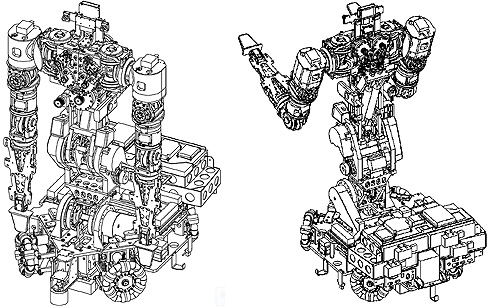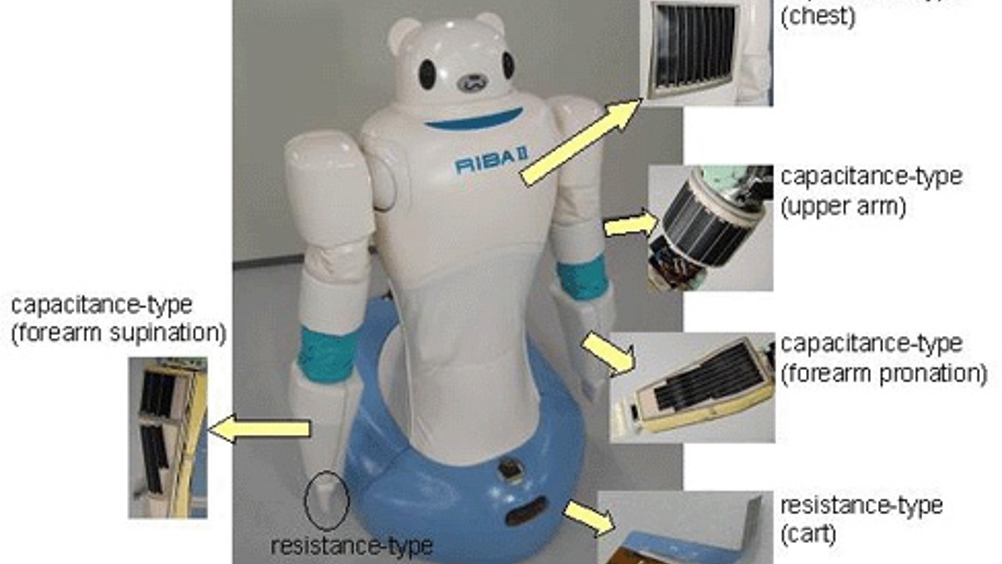It uses high-precision tactile sensors and flexible motor-control technology to free care personnel of one of their most difficult and energy-consuming tasks.
With an elderly population in need of nursing care projected to reach 5.69 million by 2015, Japan faces an urgent need for new approaches to assisted care-giving. One of the most strenuous tasks for personnel currently is lifting a patient from a futon at floor level into a wheelchair — carried out an average of 40 times every day.
Now researchers at RIKEN and Tokai Rubber Industries (TRI) have developed a robot, RIBA-II (Robot for Interactive Body Assistance), that can lift a patient of up to 80kg in weight off floor-level bedding and into a wheelchair.
The first iteration of the robot was developed 2009 by RIKEN-TRI Collaboration Center for Human-Interactive Robot Research (RTC). It was capable of lifting patients but functional limitations are said to have prevented its direct commercialisation.
The new design incorporates joints in the robot’s base and lower back that enable it to crouch down and lift a patient off a futon at floor level — the most physically strenuous task for care-givers and one that the original was not able to do.
RIBA-II accomplishes this task using newly developed smart rubber sensors that are claimed to be the first capacitance-type tactile sensors made entirely of rubber.
Printed in sheets and fitted onto the robot’s arms and chest, the sensors enable high-precision tactile guidance and allow RIBA-II to quickly detect a person’s weight from touch alone, guaranteeing patient safety.
In the future, RTC researchers will work together with partner nursing-care facilities to test RIBA-II and further tailor it to the needs of care-givers and their patients, while also developing new applications in areas such as rehabilitation.

Click here to see a video of RIBA-II in action.
An ageing society presents design opportunities for today’s engineers. Click here to read more.











Construction industry lags in tech adoption
Are these the best people to ask "Insights from 2,000 Industry Leaders"? - what would their customers views be like (perhaps more...